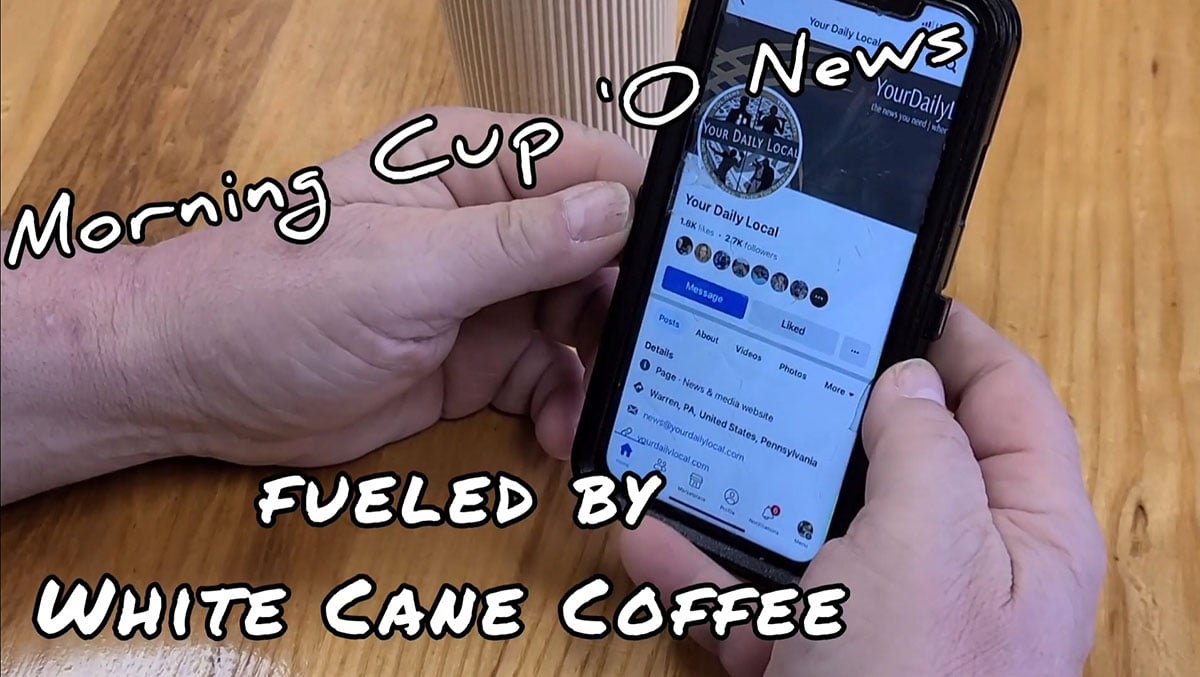Climate problems may seem too big, yet people all around this great nation are taking action. This week’s column looks at ARIZONA and the question is: What is Arizona doing in the face of increasing heat and decreasing water resources?
The federal government has officially declared a water shortage in Arizona. A desert state as well as an agricultural state, Arizona’s challenges all hinge on water. It has over-exploited surface and groundwater resources for the past 200 years or so, and now something has to give due to the pressures of population growth, unbridled development, climate change, and drought. Arizona is in the Colorado River basin. Declared America’s #1 Most Endangered River of 2022, the Colorado supplies water to 40 million people in California, Arizona, Nevada (called lower basin states), Colorado, Utah, Wyoming, New Mexico (upper basin). Don’t forget northern Mexico; it also has a river-related treaty with the US.

Graphic: Colorado River Basin – U.S. Dept. of the Interior http://creativecommons.org/licenses/by-nc-sa/3.0/
If the history of water rights interests you, check either of these next programs on Western water law. The succinct audio podcast features Doug Kenney, Director of the Western Water Policy Program at Univ of Colorado.
Podcast: CLIMAS 2014 (July 15, 2014)
Ep. 1: 1075 Shortage on the Colorado [~38 mins]
Kenney likens the overexploitation of the Colorado to a freight train bearing down on you going 2 miles an hour: if you don’t get out of the way it’s your own damn fault.
The more recent YouTube program is a Sierra Club Grand Canyon Chapter Zoom with water law expert Jocelyn Gibbon. That freight train is now arriving at the station.
YouTube: Arizona Water: Scarce and Precious – Water 101 (June 29, 2021) [~76 mins]
Everything is closing in. Much in the news lately is Lake Mead, whose level has dropped from its normal level down to elevation 1075 feet, triggering hard cutbacks to Arizona’s most recently hooked up agricultural area called the Central Arizona Project. Small local farmers who have all along worked to conserve water more effectively now find themselves struggling against giant and sometimes out-of-state (and even foreign) agri-businesses who are drilling ever deeper wells to irrigate industrial-scale farms. Native tribes hold fast to water rights agreements on farm and ranch, while modelling water-conserving traditional methods. As I write, the state is doing a comprehensive survey of underground water resources which were previously completed in only certain areas; decisions have to be made and quantified groundwater data are critical. The Arizona Dept. of Water Resources is struggling to fulfill this mandate, as threat of fires makes some areas inaccessible. It’s a race against time as financiers and speculators are now buying up farmland not to grow crops but to sell the attached water rights to suburban developers.
If you are interested in how some small-scale farmers are reaching into the past to find crops more suited to arid conditions, you might like this program about tepary beans.
Podcast: How to Save a Planet (June 10, 2021)
Episode: Gastropod [~55 mins]
Now we turn to the big, white-hot elephant in the room. The city of Phoenix is the 5th largest and the hottest major city in the US. In addition to establishing the new Office of Heat Response & Mitigation, Phoenix City Council is also taking the following steps:
- Set a 2050 carbon neutrality goal with interim targets to measure results.
- Launched a Cool Corridors Program focused on building 100 miles of corridors with a stepped-up tree planting
program and various shading structures, especially in redlined neighborhoods, by 2030. - Convened a task force on electric vehicles – making them more affordable and pushing for electric public transportation. 50% of Phoenix’s carbon footprint is attributed to the transportation sector.
- Set goals for converting existing heat-absorbing roofs to heat-reflecting roofs.
If these measures sound costly, you are right, but they are a fraction of the projected cost of no action at all. For the picture view of the situation in Arizona, try this multi-part series at https://heararizona.org/inhospitable/
Podcast: Hear Arizona
Series “Inhospitable” (February to April 2022)
Water Pt. 1: The Drying Lifeline of the Southwest [29 mins]
Water Pt. 2: The Wild West of Water [37 mins]
Water Pt. 3: Old Technology [39 mins]
Let me know if you have a podcast to recommend, or have a comment about my column or have trouble finding a particular podcast I’ve mentioned. Happy listening!
[email protected]
Note: This column, part of a series looking at examples of positive climate action, state-by-state, first appeared in the Forest Press 05-18-2022. If you are interested in this state’s topic, check online for updated news, as a lot may have changed in a year.





























